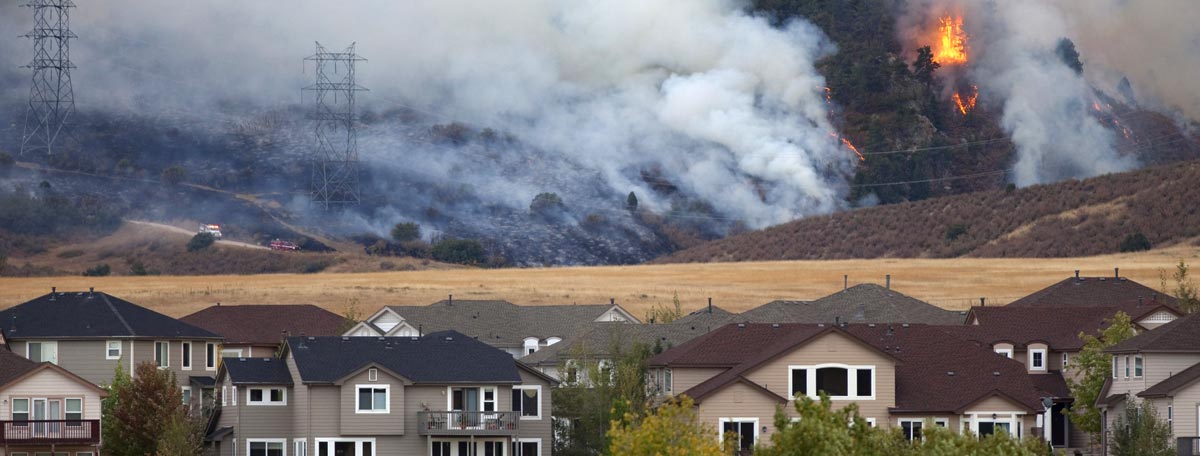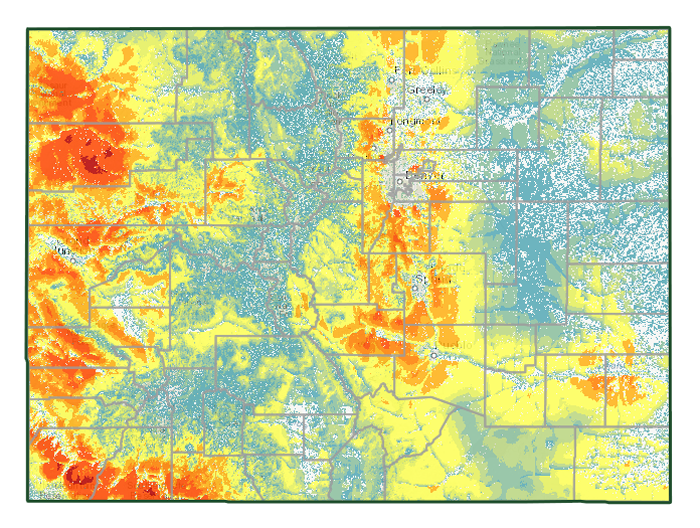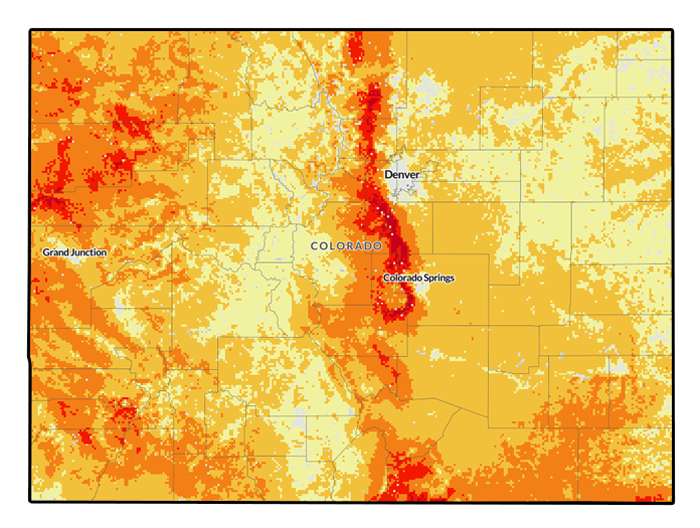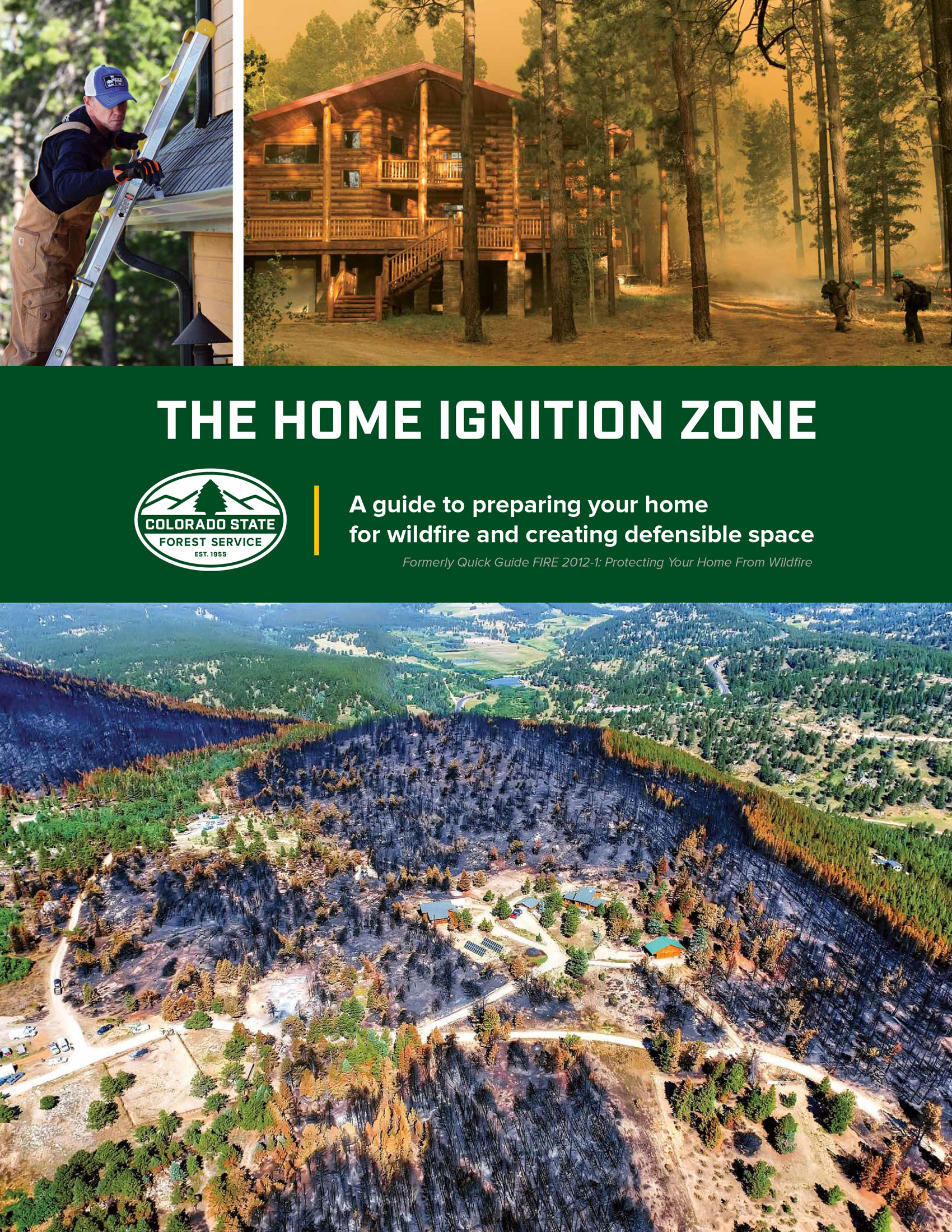
On this page, learn about:
Understanding Your Risk from Wildfire
More than half of Coloradans live in communities threatened by wildfire, according to estimates from The Colorado State Forest Service, equal to roughly 2.9 million people. Tools from both the Colorado State Forest Service and U.S. Forest Service can help you understand your level of risk based on where you live.
Colorado State Forest Service
Wildfire Risk Public Viewer
U.S. Forest Service
Wildfire Risk Map
How to Create Defensible Space
Colorado State Forest Service’s guide “The Home Ignition Zone” explains the concept of defensible space (the area around a home that has been modified to reduce fire hazard) and how to prioritize next steps for protecting your home from wildfire.
Home Improvements to Reduce Wildfire Risk
In this comprehensive video, Teller County CSU Extension Director Mark Platten discusses specific ways that wildfire can threaten homes and what home improvements can be done to reduce risk and flammability, such as:
Creating and Emergency Preparedness Plan
Emergency preparedness planning can help you and your loved ones stay safe in the face of crisis, from wildfires to flooding, severe storms and more. Larimer County Extension’s Karen Crumbaker explains key elements of creating an emergency preparedness plan, including:
Landscaping to Reduce Wildfire Risk
Ignition-Resistant Landscape Design
Deryn Davidson, a horticulture expert with Boulder County Extension, explains how to landscape your property to reduce the risk of wildfire with ignition-resistant planting strategies.
Mulch Selection
Mulch can become a fire risk depending on what materials are use. John Murgel, a CSU Extension Agent focusing on horticulture and natural resources, shares some of the key characteristics to watch for when assessing the fire hazards of your mulch and what can be done to mitigate risk, including:




